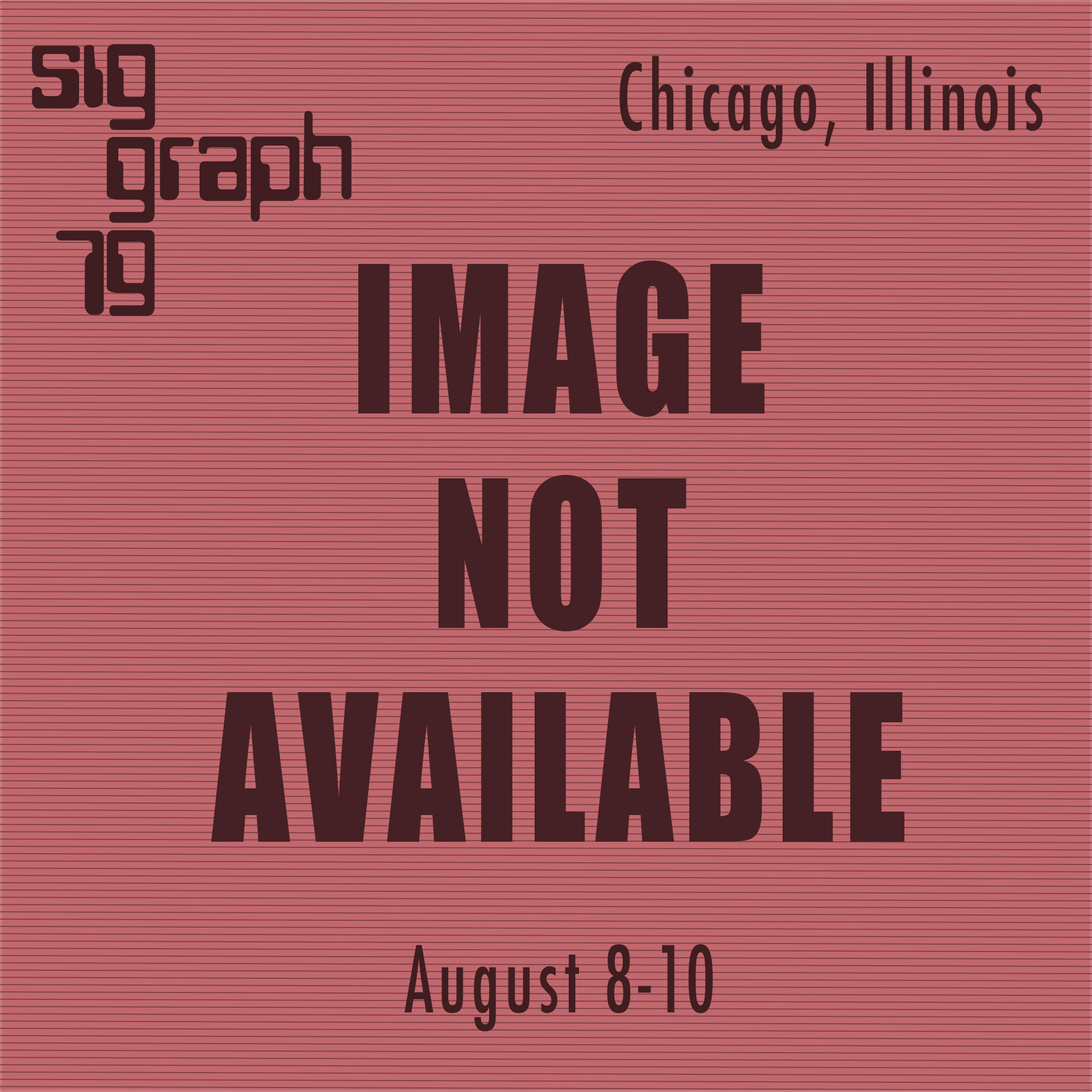“Computer graphics for large scale two- and three-dimensional analysis of complex geometries” by Brown
Conference:
Type(s):
Title:
- Computer graphics for large scale two- and three-dimensional analysis of complex geometries
Presenter(s)/Author(s):
Abstract:
A comprehensive set of programs have been developed for analysis of complex two- and three-dimensional geometries in the Mechanical Engineering Department of the University of California’s Lawrence Livermore Laboratory. State of the art finite element and hydrodynamic codes are being used for the analytical portion of the work. To assist the analytical effort, several additional codes which depend heavily on graphics have been developed. These are basically used for the pre- and post-processing of the data. Prior to running any analysis, the geometry of the body of interest must be represented in the form of small “finite elements”. After the analysis is run, the data must be post-processed. Both spatial and temporal data exist in the database. It is the database between the analysis codes and the post-processors which allows a wide variety of analysis codes to use the same post-processors. The temporal plotting codes produce time histories for specified quantities (i.e. temperature, pressure, velocity, stress, etc.) at various locations within the body. They may also produce cross-plots of these variables (i.e. stress vs strain at a particular position). For plotting of the spatial data two codes are used. The first is for two-dimensional geometries and the second is for three-dimensional models. For three dimensions, the Watkins’ hidden surface/line processor is utilized for plots. The spatial plotters will display contour lines on vector output devices and color fringes (or gray values) on raster output devices. They both may also display deformed geometries. Further the three-dimensional code has extensive animation capabilities for movie productions. These graphics codes are used with a wide variety of analyses codes and form a very comprehensive package for the engineering analysis of two- and three-dimensional bodies.
References:
1. Gerhard, M. A., “SLIC User’s Manual,” University of California, Lawrence Livermore Laboratory, Livermore, California, UCID-18166, May 1979.
2. Brown, B.E., “GRAPE – A General Purpose Display Program for Three-Dimensional Finite Element Models,” University of California, Lawrence Livermore Laboratory, Livermore, California, (to appear).
3. Burger, M.J., “ZONE – A Finite Element Mesh Generator,” University of California, Lawrence Livermore Laboratory, Livermore, California, UCID-17139, May 1976.
4. Goudreau, G.L., private communication, June 1978.
5. Gerhard, M.A., “OASIS – A General Purpose Three-Dimensional Mesh Generator,” University of California, Lawrence Livermore Laboratory, Livermore, California, ENN-78-36, Oct. 1978.
6. Winslow, A.M., “‘Equipotential’ Zoning of Two-Dimensional Meshes,” University of California, Lawrence Livermore Laboratory, Livermore, California, UCRL-7312, 1963.
7. Brown, B.E., “Modeling of Solids for Three-Dimensional Finite Element Analysis,” Ph.D. Dissertation, Department of Computer Science, University of Utah, Salt Lake City, Utah, June 1977.
8. Hallquist, J. O., “NIKE2D – An Implicit, Finite Deformation, Finite Element Code for Analyzing the Static and Dynamic Response of Two-Dimensional Solids,” University of California, Lawrence Livermore Laboratory, Livermore, California, UCRL-52768.
9. Hallquist, J. O., “NIKE3D,” to appear.
10. Hallquist, J. O., “DYNA2D – An Explicit Finite Element and Finite Difference Code for Axisymmetric and Plane Strain Calculations (User’s Guide)”, University of California, Lawrence Livermore Laboratory, Livermore, California, UCRL-52429, March, 1978.
11. Hallquist, J. O., “Preliminary User’s Manual for DYNA3D and DYNAP,” University of California, Lawrence Livermore Laboratory, Livermore, California, UCID-17268, 1976.
12. Mason, W.E., Jr., “TACO – A Finite Element Heat Transfer Code,” University of California, Lawrence Livermore Laboratory, Livermore, California, UCID-17980, November, 1978.
13. Sackett, S.J., “SAP4 User’s Manual,” University of California, Lawrence Livermore Laboratory, Livermore, California, internal document.
14. Hallquist, J.O. and Goudreau, G.L., “SAPP – A Post-Processor for Two-Dimensional Finite Element Codes,” University of California, Lawrence Livermore Laboratory, Livermore, California, UCRL-52318, August 1977.
15. Mason, W.E., Jr., “POSTACO – A Post-Processor for Scalar, Two-Dimensional Finite Element Codes,” University of California, Lawrence Livermore Laboratory, Livermore, California, UCID-17979, November 1978.
16. Goudreau, G.L., private communication, October, 1977.
17. Young, R.W., “GPLOT – A Temporal Post-Processor for Two- and Three-Dimensional Finite Element Codes,” University of California, Lawrence Livermore Laboratory, Livermore, California, (to appear).
18. Christiansen, H.N., and Stephenson, M.B., “MOVIE.BYU – A General Purpose Computer Graphics Display System,” Proceedings of the Symposium on Applications of Computer Methods in Engineering, University of Southern California, Los Angeles, V. 2, August 1977, pp. 759-769.
19. Watkins, G.S., “A Real-Time Visible Surface Algorithm,” Department of Computer Science, University of Utah, Salt Lake City, Utah, UTEC-CSc-70-101, June 1970.





